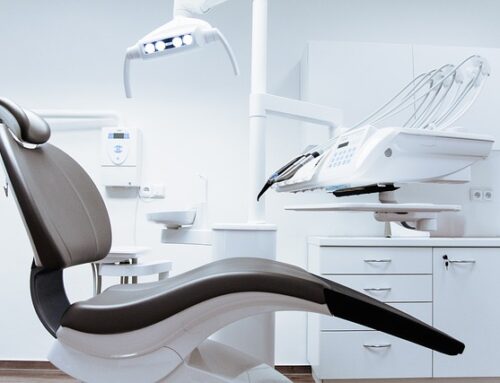World Sickle Cell Awareness Day was June 19th, which got me to thinking about the connection it might have with TMD. On June 19th the health community took a stand to increase public knowledge and raise awareness of Sickle Cell Disease (SCD) and the struggles sufferers and their families go through.
SCD affects millions of people around the world, including both adults and children. It is a potentially fatal disease and, according to the World Health Organization (WHO), is one of the main causes of premature death amongst children under the age of five in various African countries.
So, with Sickle Cell Day fresh in our minds, let’s take a look at TMD and how that might hinder a person’s health when suffering from Sickle Cell.
Sickle Cell and TMD
Sickle cell disease is a congenital blood disorder. The abnormal hemoglobin causes microinfarcts that lead to multi-organ alterations, including dental involvement. The entire oral and maxillofacial region may be involved, affecting the teeth, multiple oral structures, and maxillofacial bones. SCD patients are commonly affected by bone and joint complications, including the temporomandibular joint (TMJ).
Patients complaining of chronic pain can often experience pain in the orofacial region, especially in the area of the TMJ. With complications in chewing and talking, sickle cell can often be exhibited for those suffering from TMD. For this reason it is important to undergo a series of testing for your patients to determine if the cause of pain is purely sickle cell disease, or if it can be treated due to it being TMD.
Oral Appliance Therapy for TMD Relief
Oral appliance therapy is an extremely helpful and successful technique in treating TMD. These devices are extremely popular among TMD patients due to the simplicity and comfort of the appliance. People describe the appliance as being similar to a retainer for orthodontic treatments, which helps patients feel more comfortable with treatment. These appliances are made to fit a patient’s mouth and their mouth only.
By utilizing this as a treatment option for TMD, we hope that this, too, will help in finding relief for some cases of sickle cell disease. And, while studies continue to be conducted on this area, it is important to pay close attention to your patients’ symptoms.





